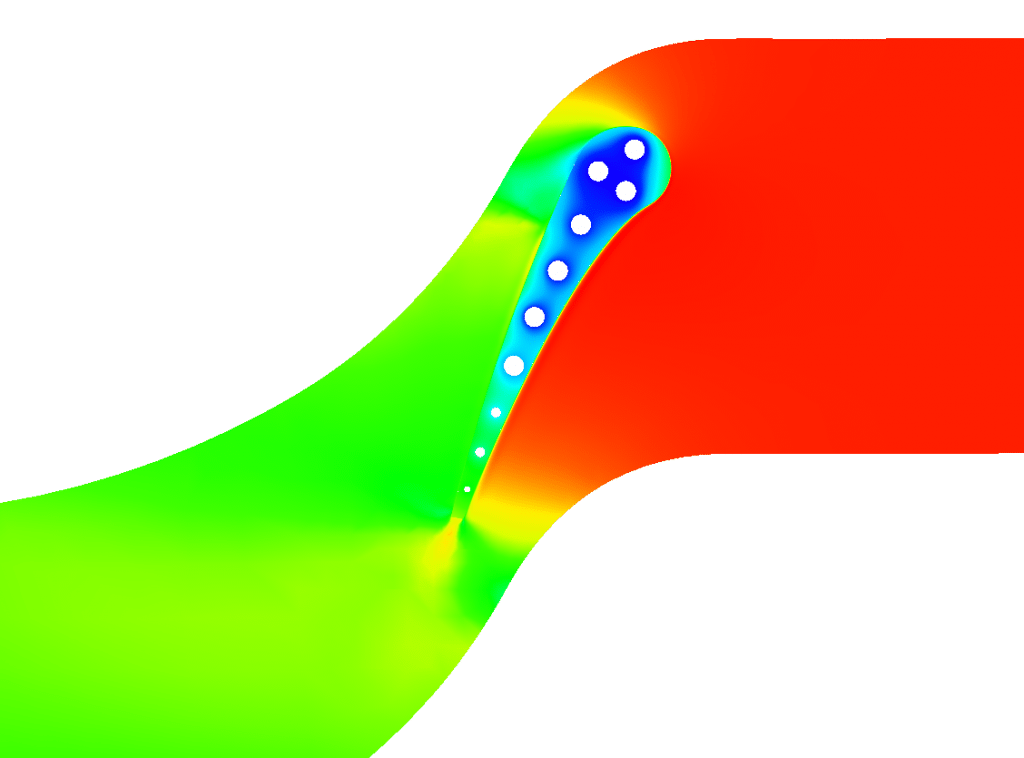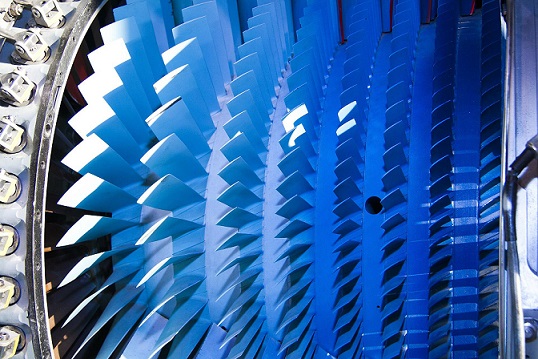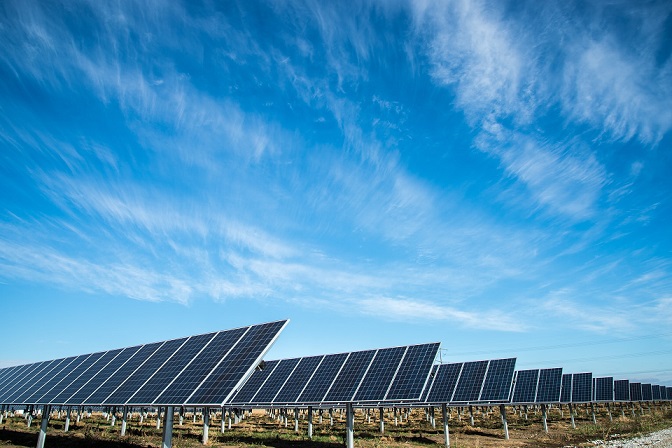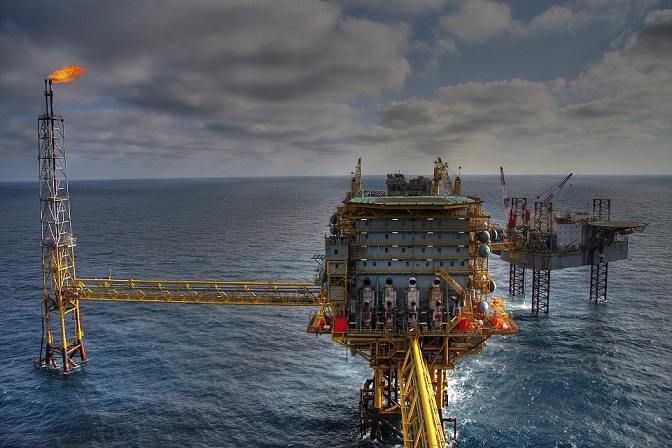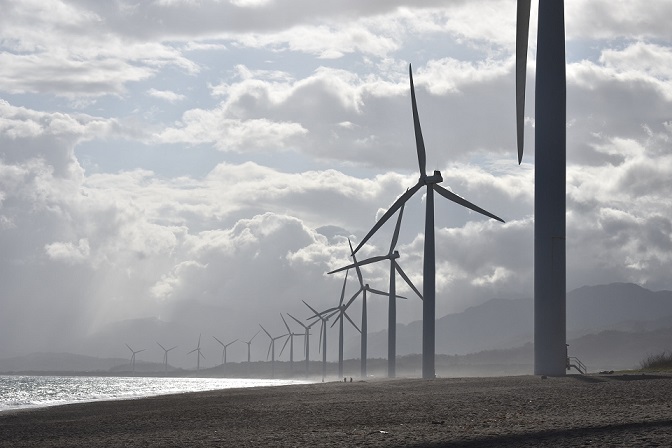Energy & Power Industry
Energy & Power Industry
Artificial Intelligence Analysis
FEA|CFD & AI Integration
Energy industry faces a number of stringent challenges that range from addressing environmental risks, investigating new sources of natural resources, and improving operational performance, while complying with tight technical and regulatory requirements. The past decade has seen increasing explorations for fossil fuels, while research into the alternative energy sources, like wind, solar, and biofuels is taking center stage as governments and companies look to meet the ever-increasing global en
Contact US and Discover Solutions

